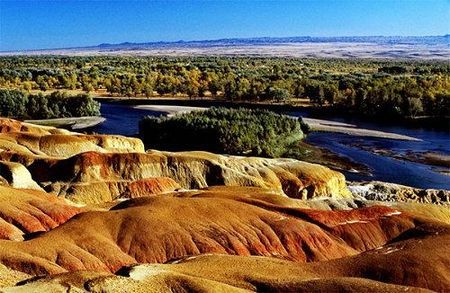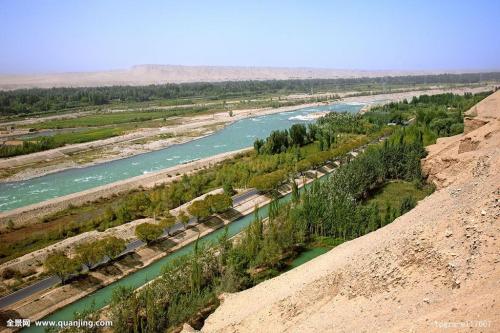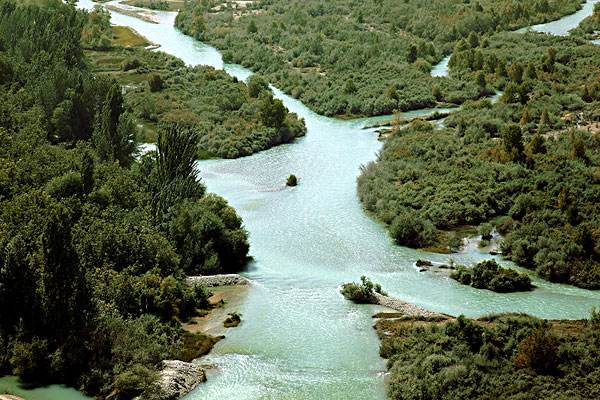Greening the Regions
2 min readFor me, Hotan has always been magnet, of course partly owing to the famous Hotan jade. Although located on an oasis in the southern margin of the Taklimakan Desert, Hotan still keeps its splendid nature because it has always been place not lacking legends since ancient times.

arrived in Hotan in a scorching July. From time to time, Uygur men driving donkey carts passed by me singing unknown songs. We were heading to Tuohula, a village of song and dance, with distinctive regional characteris both in terms of mugam and folk songs and dances.

This oasis, located in the southernmost Xinjiang Uygur Autonomous Region, to the south of Kunlun Mountains and Kala Kunlun Mountains, stretching to the north of the heart of the Taklimakan Desert, was the transport hub of the south line of the Silk Road. It was the only road connecting the Central Plains and the Western Regions. In 675 AD, the Tang Dynasty established Pisha Military Commission in here. During the Later Jin Dynasty (936 AD to 947 AD), the famous King of Yutian State Li Shengtian was conferred the title King of Dabao Yutian State. The famous Yuchi tribe of the Tang Dynasty was of royal family, including the famous general Yuchi Gong, subordinate of Li Shimin, and the famous painter Yuchi Qing, etc. In the perspective of historical background, Hotan is not inferior to such historical cities as Kashgar and Turpan. Hotan, also known as Yutian in the ancient times, was a famous city of Buddhism in the Western Regions before Islamism enjoyed popularity in here. The wellknown Site of Yuetegan is located in Ailaman Village in Bageqi Town in Hotan. It was a site of city of Buddhism from the Han to the Song Dynasty. Stein went here to excavate relics twice before writing the popular Records of Hotan Buried by Sand.

